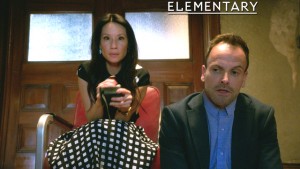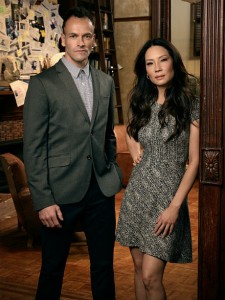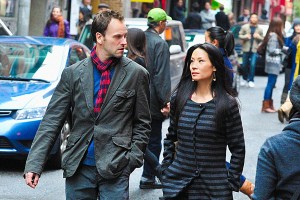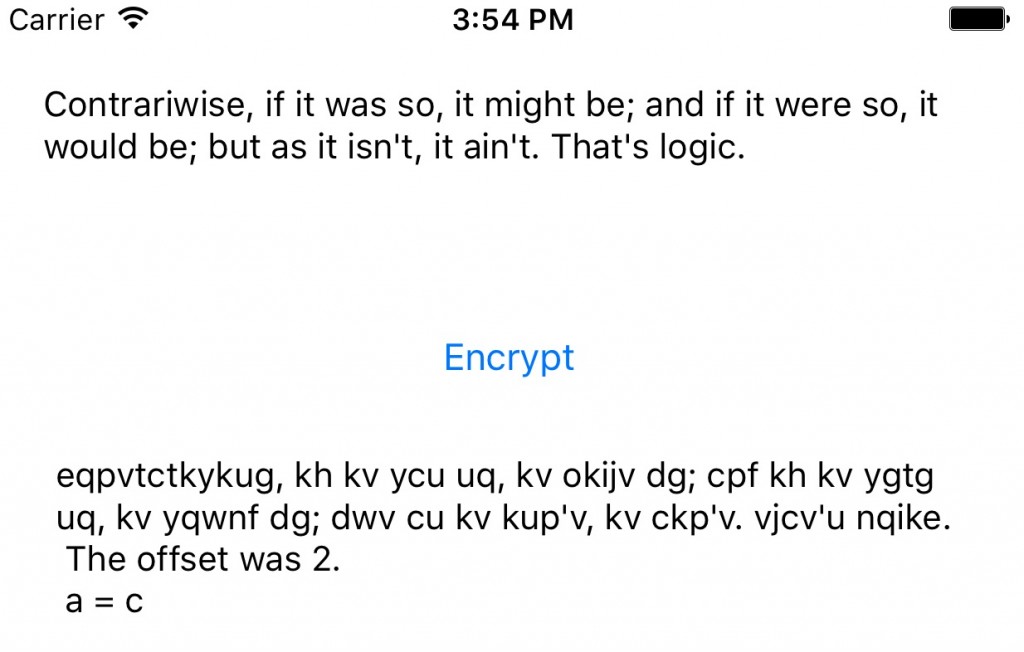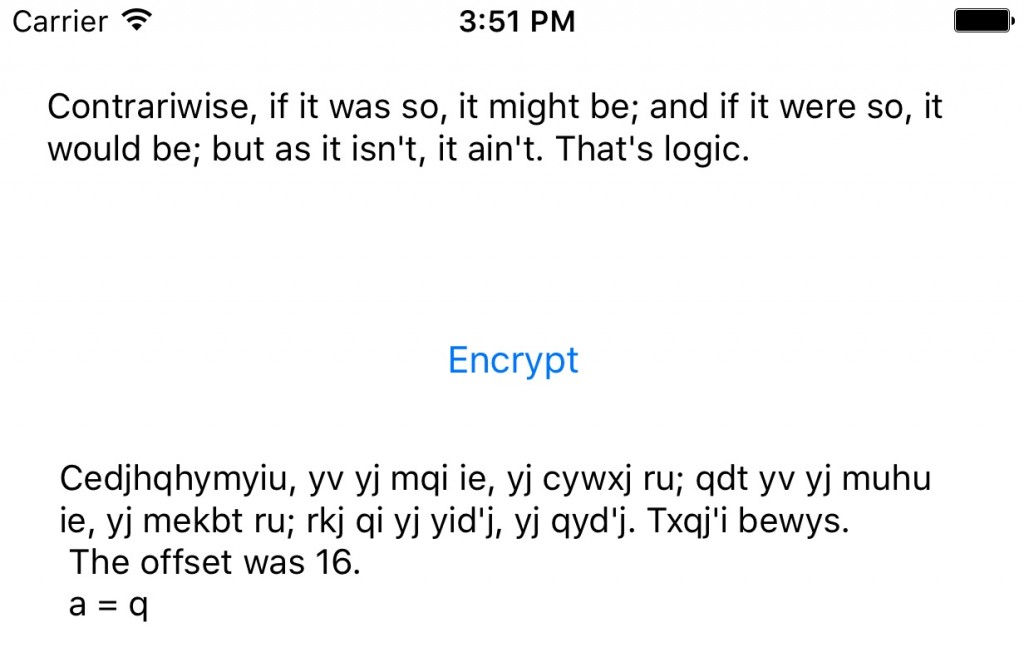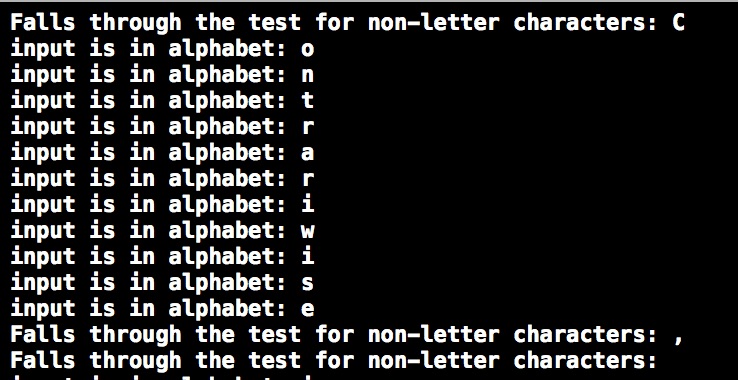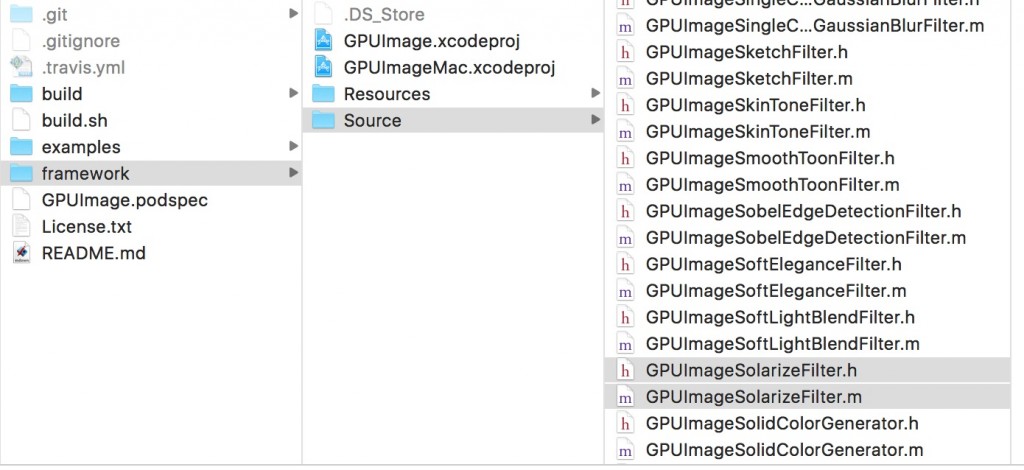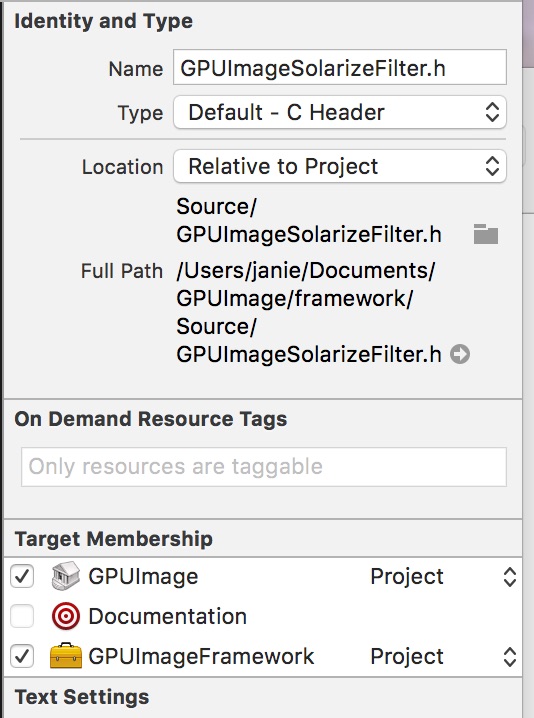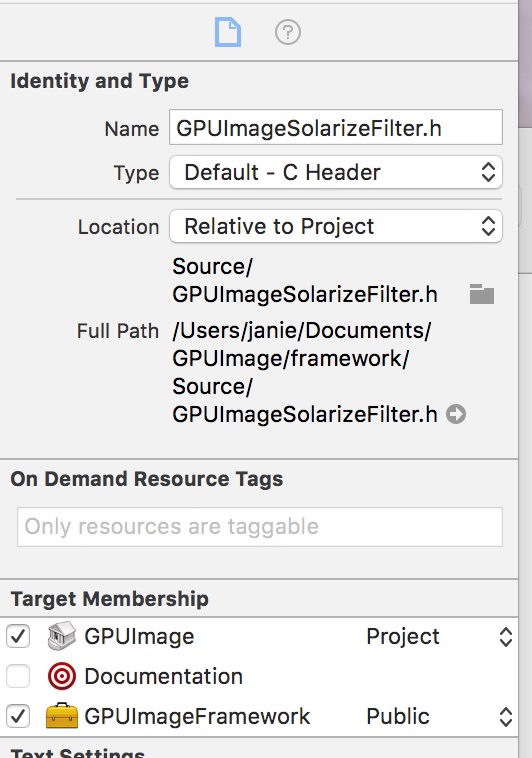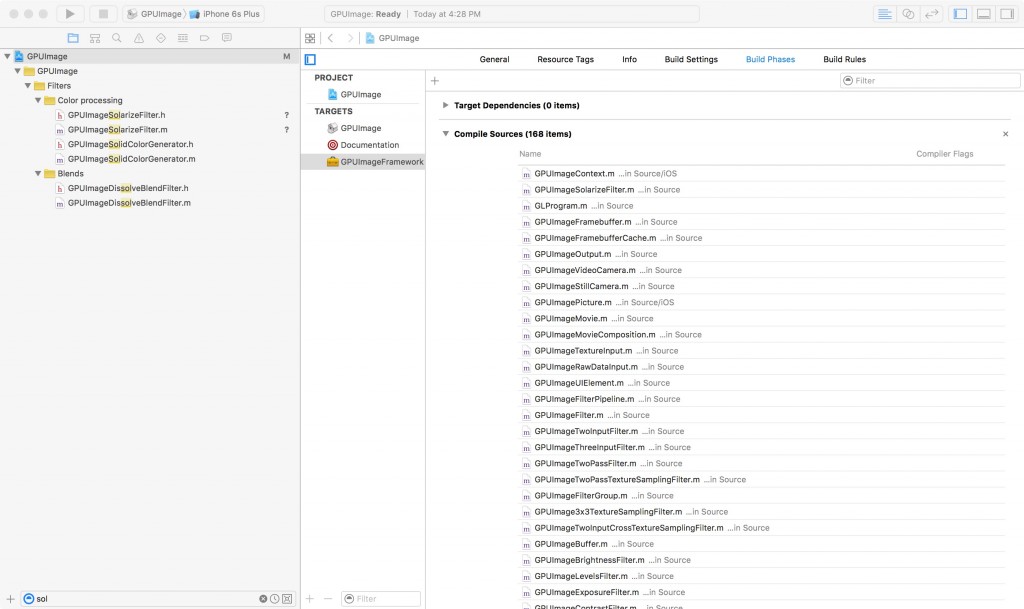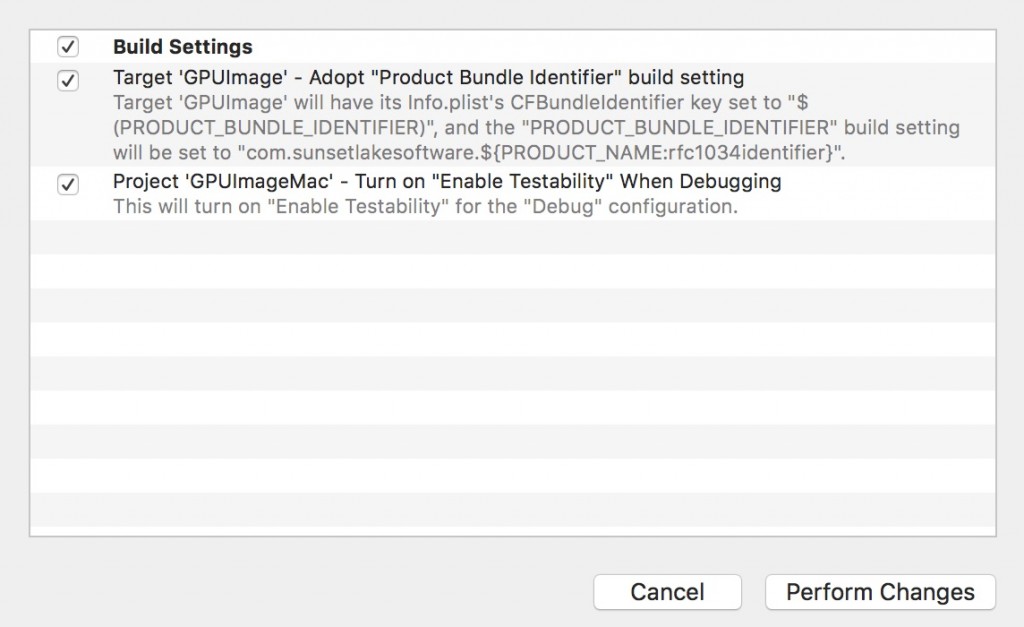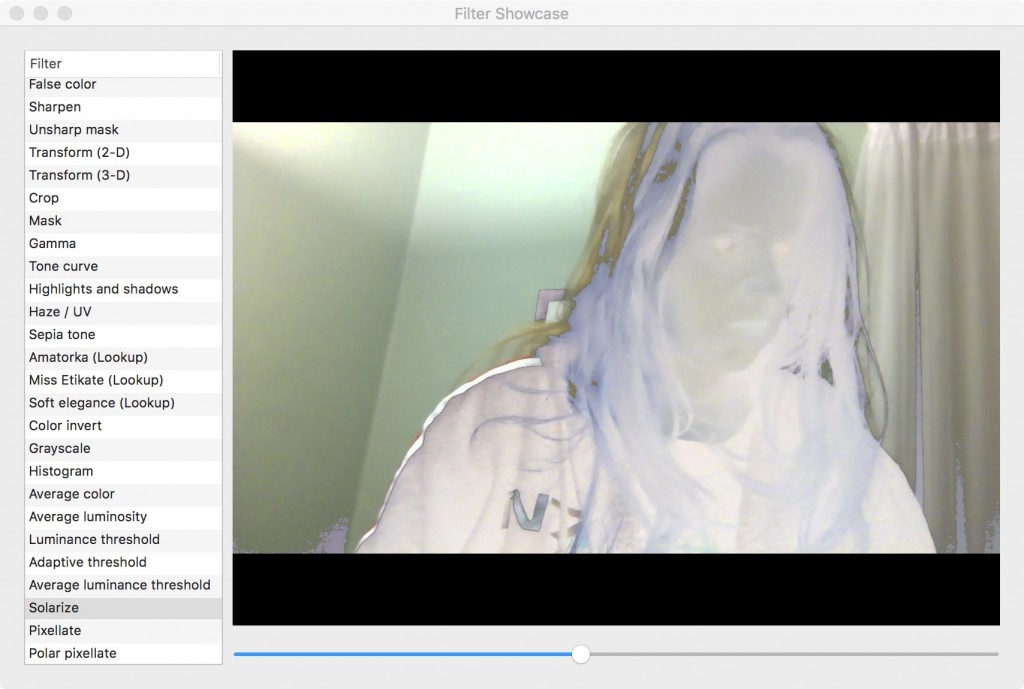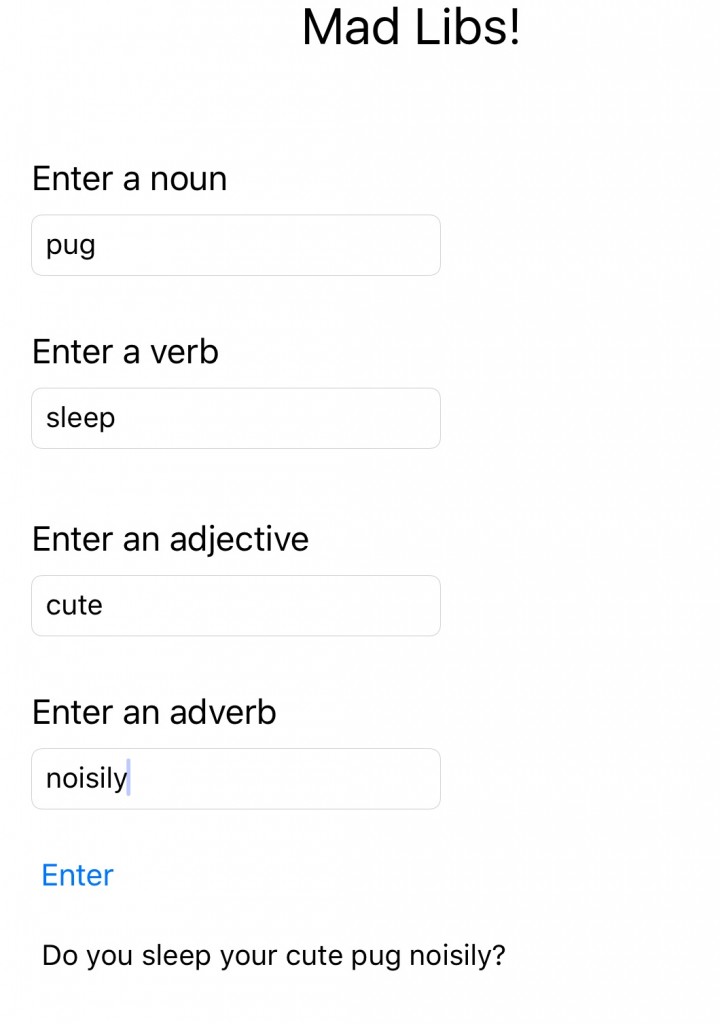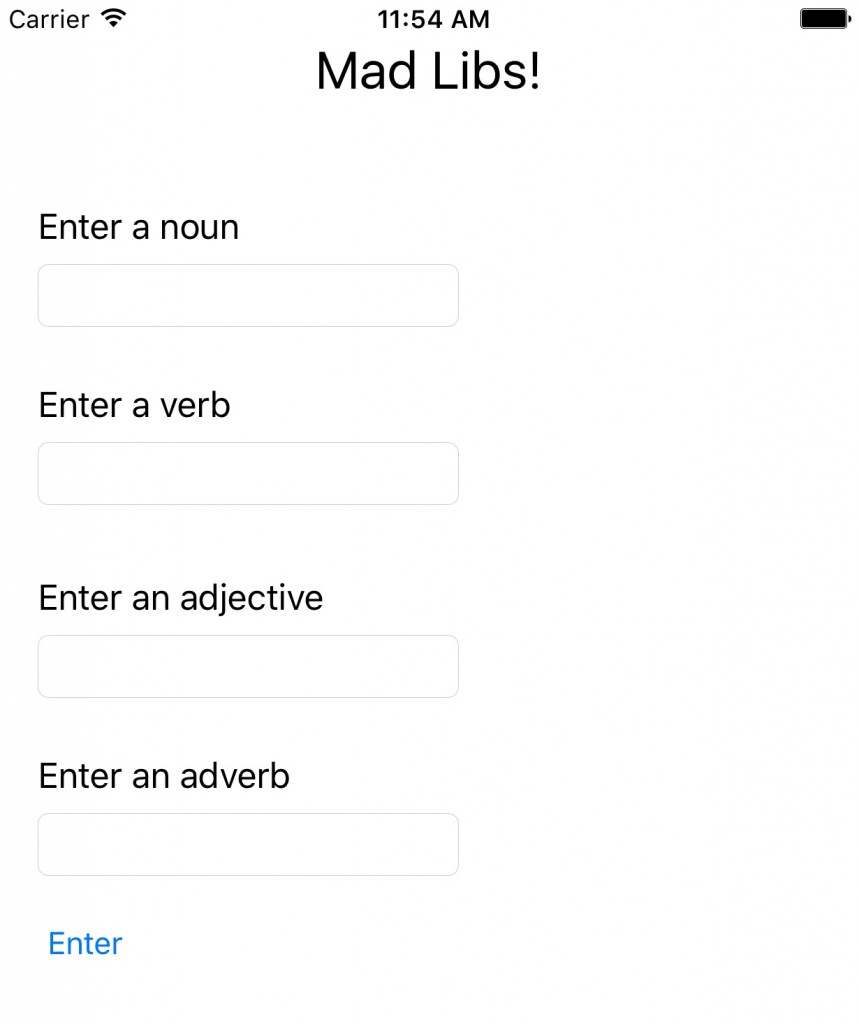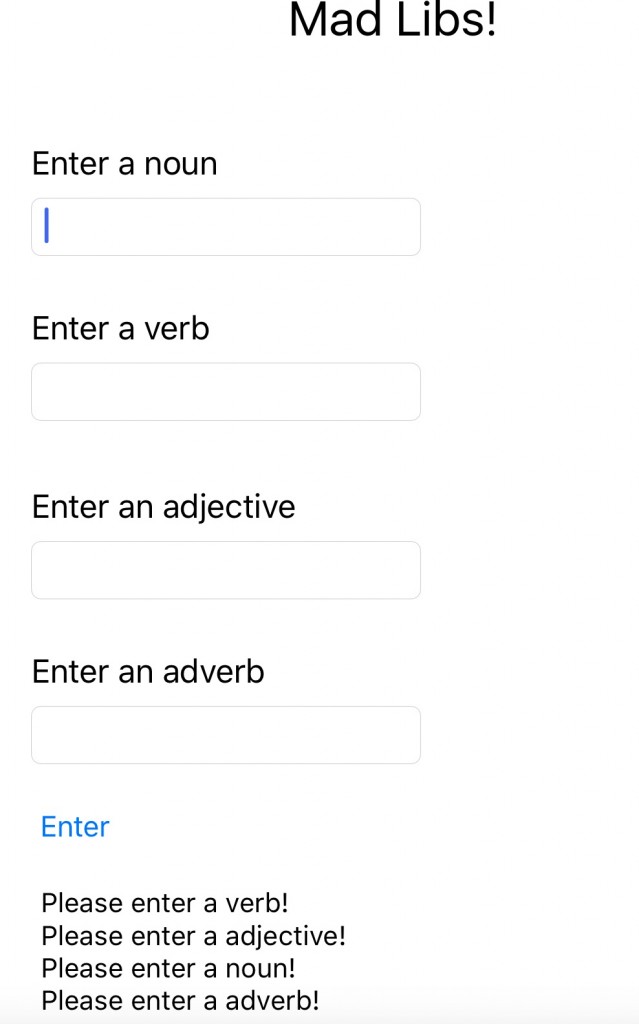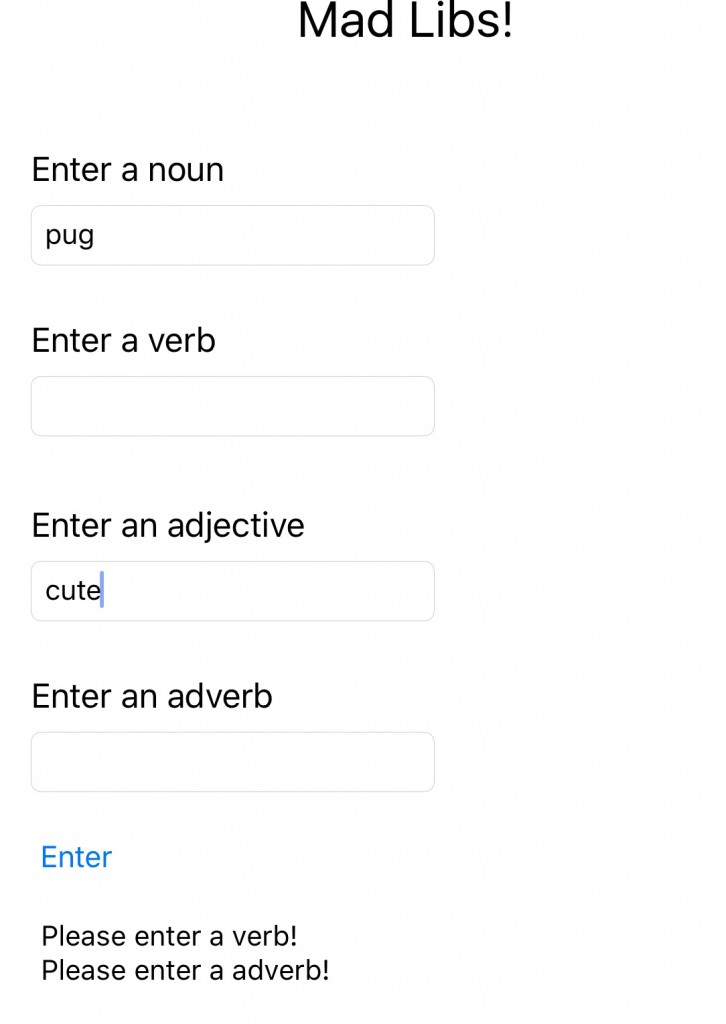I am writing this post from an airport hotel in Irving, Texas, which is near the Dallas/Fort Worth Airport. I have been in Texas for the last two days and I don’t anticipate being able to leave for another few days, at the earliest.
I am booked through American Airlines. I usually book through Delta and have found them to be very good and reliable, but this was a business trip. I did not pay for my flight and so I didn’t really get to complain about not getting on the carrier of my choice.
I arrived in Dallas yesterday evening. My flight to Madison was supposed to leave at 8:20 in the evening. 8:20 came and went. The passengers asked a lot of questions and they were not answered for a considerable period of time. The flight kept getting pushed back hour by hour.
After it was pushed back to 10:30 we were told that there was a maintenance issue with the plane and they were waiting for a crew to come and fix it. They said they were bringing a second plane in case the first one wasn’t fixed in time.
The second plane arrived and we were told that the second plane also had maintenance issues. We had two broken airplanes and no idea about when we would get to go home.
Around 11:30 the flight staff announced that if we wanted to rebook our flights for the next day, they would do it for free!! BUT… we would not get a voucher for hotel, food, or transportation if we chose to do this. Unsurprisingly, no one took them up on this offer.
At 12:30, our flight was officially cancelled. We were told that the first plane had been fixed, but that they didn’t have the right paperwork to certify it was fixed and so the plane could not be used.
The stranded passengers were scattered to three local hotels. Many of us were placed at the Super 8. We were told to call a number and a shuttle would come to get us. We called the number and were told that the shuttle stopped going out at midnight and that we needed to take a cab. Half of us were given cab vouchers and half were not. I was among those who was not.
After finally getting to the hotel, I had about six hours to sleep before I had to go back for my rebooked flight. When we got up in the morning the shuttle was actually working, so I didn’t need to line up a cab to get back to the airport.
When we woke up, it was raining cats and dogs (sadly, not men). It was seriously pouring outside. We all had a sinking feeling that we were not going to be going home on time today. We sadly piled into the shuttle back to the airport and hoped for the best.
We found a bunch of people from our flight the day before waiting around the airport. Their flights had been cancelled and they were rebooked on our flight.
Every hour or so for the rest of today we would hear that we had a gate change. We all picked up our bags and hiked from gate to gate so many times we lost count.
We finally settled down at the gate that we were at last night. We all hoped and prayed that things would be different this time.
Our flight got pushed further and further back. We watched hopefully as we saw planes landing and flying away. There were a lot fewer of them than we would have liked, but we held out hope that we would get home.
This was not to be.
Seven hours after my flight was supposed to leave (and ten hours after others were set to leave) our flight was cancelled. We frantically tried to speak to representatives both in person and on the phone. When I called, I was told that the earliest they could fly me out was Tuesday morning, which is the day after tomorrow. I asked what I was supposed to do until then. The representative told me that she would help me find a hotel and give me a special rate, but that since the flight was cancelled due to weather that I would not be given another voucher. I asked if I could get my checked bag. I was told I could and to talk to the baggage service representatives. She said if I went to them they would have my bag brought out.
One reason I took the train a lot a few years ago was because I went through a similar situation to this in 2008. I was stranded at O’Hare because much of Wisconsin had flooded and no one could fly into any of the airports there. At that point I could take a bus from O’Hare to Madison. That isn’t really the case here. I knew at that point that I probably couldn’t get a flight into Wisconsin for love or money, so instead of flailing and trying to fight with everyone else to try and book the last flight to Wisconsin, I just accepted that my best option was to take the Tuesday flight and stay at the hotel. The hotel would be much cheaper than any other flight I would book before then anyway. I work remotely and I can work anywhere. I asked if the hotel had WiFi and since it did I was happy.
I was happy until I found out I couldn’t get my bag. I have been wearing the same clothes for two days. I didn’t take my contacts out yesterday. I had no toothpaste or deodorant. The idea of keeping my contacts in for another two days was unbearable. I grudgingly realized my best option was to get a Lyft from the hotel and pick up all the stuff I needed. I was pretty sure I could find clean underwear and hopefully another shirt.
I am laying here in my room after this ordeal and I wanted to go over the personal cost of this situation to myself and to the other people on this flight.
My Personal Costs
Here is an itemized list of my personal expenses incurred by this situation:
Hotel: $130
Since I can’t get on a flight until the day after tomorrow, I had to book a room for two days. Other people from my flight looked into finding flights on other airlines. One person found one for $230. Another friend said he found one that he cashed his loyalty points into that would have cost $730.
I work remotely and have people to watch my pugs. I would like to be home, but I can work anywhere. This was the cheapest option.
I do not know if this is a reimbursable expense. When my business trip was arranged this was not part of the budget. I am working under the assumption that I am responsible for this expense.
Lost Gift: $30
When they cancelled our first flight, we were taken to a nearby hotel. I forgot that earlier in the day I bought a gift for my mother at the San Jose airport. I found some vinegars that were from a local vineyard. I wanted to show her how much I appreciated her watching my pugs and I hadn’t had a chance to go anywhere to find something special for her.
I was super happy that I found something unique that I could give her that was thoughtful. I like to give people thoughtful gifts that I think will delight them.
I got pinged by the TSA this morning because I forgot about the bottles. I couldn’t put them in my checked luggage because it was trapped somewhere in the bowels of the airport.
I was told that I could check my backpack, but I don’t want to check a MacBook Pro and an iPad Pro just to try and save my vinegar. I was told that they are going to dump the vinegar down the drain. These bottles are hermetically sealed and still in the packaging from the airport.
I understand the issue with bringing liquids through airport security, but I honestly wish that I had been given some kind of option to save my gift for my mom because it wasn’t my choice to leave the airport and have to go through the line again.
I am hoping if I go back to San Jose I can find it again.
Toiletries: $40
When our second flight was cancelled and I called to find out when I could go home. They said the earliest I could get out was Tuesday. This is Sunday.
I figured it would be okay. I was told I could go get my checked bag. I packed too many clothes, so I had a few fresh outfits to wear along with deodorant and toothpaste. When I went to the baggage help desk (that I had been told would give me my bag) I was told that they would not give me my bag. I was told it was still on the plane and that it would not be taken off and would be at my destination.
Considering that my flight was not until Tuesday, I am highly skeptical that they are not going to have a flight tomorrow or before I am flying on Tuesday.
I have been wearing my contacts for the last two days. I can’t wear them for another two days. So I had to find a drug store near my hotel.
I had to buy the following items:
- Contact lens solution and container
- Deodorant
- Toothbrush and Toothpaste
- Another Shirt
- Underwear
If I had been allowed to take my bag like I was told I would be able to do, these days would have been a lot less unpleasant.
Transportation: $60
The first night I got a hotel voucher, but I was not given any transportation vouchers. I was told the hotel would send a shuttle, but the hotel we were placed at did not send shuttles after midnight.
We were told that we could not share cabs with people who had been given vouchers. We were told it counted as a separate fare and would cost $48 a person to go to our free hotel.
I said fuck that and contacted Lyft. I was able to bring three other unfortunate people without vouchers for one fare. Even with a large tip, it was only about thirty bucks. I tried to just cover it, but people gave me cash.
Since I wasn’t allowed to get my checked bag, I had to get a Lyft to and from a drug store to pick up necessities for the next few days.
Higher Costs Paid By Others
This situation has been an annoyance to me. I don’t get to be home with my pugs or cook my own food.
But I have a lot more flexibility than most people do. I can work remotely. I can work tomorrow as easily from my hotel as I can from my house. Even if my current contract doesn’t reimburse me for this situation, it’s not going to affect me financially that much. It just means I dip further into my savings and I will be annoyed.
There are a lot of other people on my flight who were affected far worse than I was.
The pilot from the first cancelled flight didn’t get paid for the time he was at the airport. He only gets paid if he flies. Since neither plane was flight worthy, he didn’t get paid last night. While the rest of us passengers got varying degrees of vouchers, he was on his own for providing his own hotel. I heard him calling around trying to find a hotel room and negotiate a better rate.
There was a man there who was missing his parent’s 50th wedding anniversary. He kept looking at his watch saying around 4:00 that the party they were holding was wrapping up about now.
The absolute saddest story I heard the last two days was from a soldier who is stationed in Korea. He was taking 17 days of leave to come home and see his wife. He hadn’t seen her in six months. Today is her birthday. We was supposed to be home last night. If he is in the same situation that I am in, he won’t get to go home until Tuesday. He potentially has burned a quarter of his leave hanging around a fucking airport/hotel trying to get home to his family.
If he had known that he would not be able to fly out until Tuesday, he could have rented a car this morning and been home tomorrow. He could have driven to another airport and tried to get home sooner that way. Instead, he was given false hope that home was just around the corner. It’s just another hour, then you can go home.
The man whose parents had their 50th anniversary will never get to see it because it only happens once. The soldier will never get those days back. This man is representing our country and I felt he was treated very badly.
Acts of God
I know that airlines don’t control everything. Stuff happens. I just feel that things could have been handled better and they were not because of the desire by the airline to try and not spend money.
The regional carrier model of transporting people from smaller airlines like Madison to regional hubs like Atlanta and Dallas is a cost savings measure. Regional carriers are usually owned by companies other than American and Delta. I have read a lot of bad things about this business model that I can’t directly cite and therefore do not feel comfortable referencing. Based on those things, I was not really surprised that there were maintenance issues and I was honestly a little worried about the plane even before they told us that it had broken.
Rather than telling us that we would not be able to fly out last night, they tried to con the passengers into rebooking the flight on their own rather than being up front with the fact that we were probably not going home.
Had we known that we were not going home earlier in the day, we could have found other ways to go home. Once people determined that there were no American Airlines flights until Tuesday, people scrambled to find another way home. People could have rented cars to try and get to other airports outside of the affected area.
It would have made a huge difference to me to be able to have access to my checked bag while I am stuck out here. I have no idea why I didn’t get access to it, but I think there should have been a way for me to get it.
Most of all, I think it’s terrible if we can’t do better by soldiers who are serving our country. I am incredibly upset that this man missed his wife’s birthday and possibly won’t get to go home until Tuesday. I know that we all feel like our own personal perspective is the worst, but I would like to think that someone could have taken a few extra steps earlier in the process to make sure this man got home.
All day yesterday and today, I felt like we were collectively treated like cattle. We were herded from one end of the airport to the other. We were seen as a collective herd and treated as such by the airline.
We’re not a herd. We’re people. We all have stories. A lot of people have been inconvenienced this weekend, but a number of them missed precious moments of their lives that they will never get back again.
